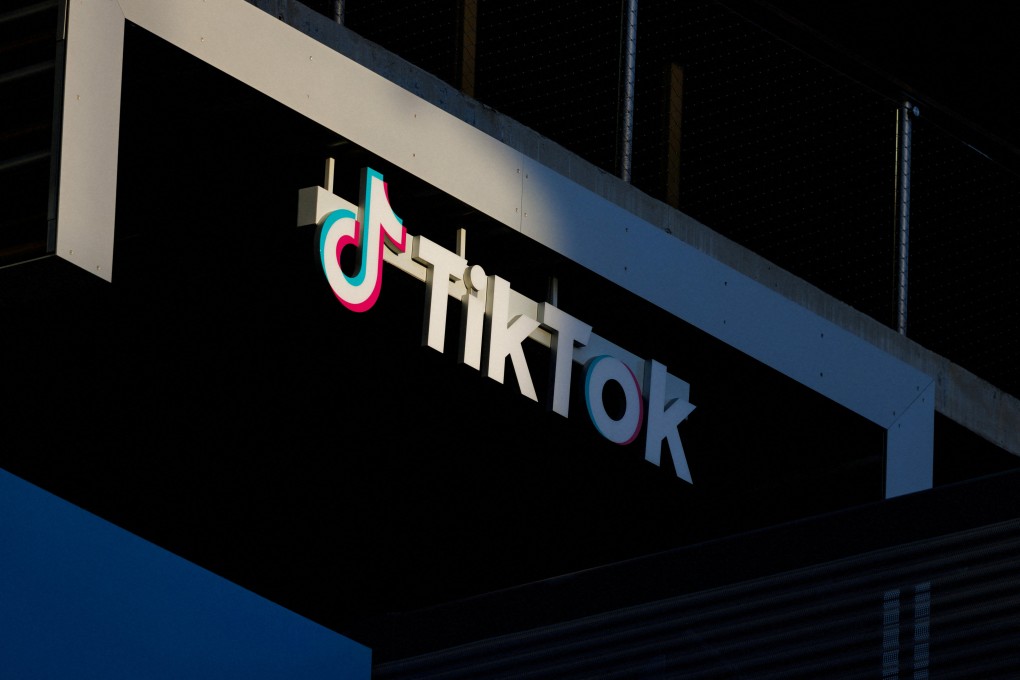
(Photo by Wodicka/ullstein bild via Getty Images) Ambient AI has emerged as one of the transformative technologies in healthcare. Many announcements from Ambient AI companies came out of the recent HLTH USA conference, highlighting its growing presence as healthcare organizations believe that the technology can reduce clinician burnout. Clinician burnout is at an all-time high, with administrative tasks and documentation burden being significant contributors.
Ambient AI technology promises to alleviate these stressors by automatically generating clinical notes during patient visits. Healthcare CIOs are still asking how to measure their effectiveness with a hard ROI and how these different point solutions stand out from the crowded ecosystem of similar tools on the market. Below are some of the announcements from ambient AI solution vendors.
Abridge Abridge announces a partnership with Wolters Kluwer Health, integrating its ambient AI documentation with its UpToDate product. Abridge's draft clinical documentation will feature links to the latest evidence-based recommendations from UpToDate. Commure HCA Healthcare selected Commure as its exclusive partner to develop and implement Commure's ambient AI platform.
The platform will be co-developed by Commure and HCA Healthcare to support critical workflows in emergency departments, hospitalist operations, and ambulatory care settings. Tesla Billionaire Elon Musk Declares ‘Financial Emergency’ As $35.7 Trillion ‘Debt Bomb’ Primes A Bitcoin Price Boom To Rival Gold Trump Vs.
Harris 2024 Polls: Harris Leads In Latest 2 Surveys—As Most Polls Show Razor-Thin Race ‘Venom: The Last Dance’ Reviews Secure A 100% Rotten Sony Spider-Verse Suki Suki has partnered with Zoom to integrate its AI-powered clinical note-generation capabilities into Zoom's telehealth visits. In the announcement , Zoom said it works with over 140,000 healthcare organizations globally but did not specify whether those organizations are using the telehealth platform or are customers of Zoom solutions. Microsoft Microsoft has over 400 healthcare organizations already adopting Nuance's DAX Copilot.
DAX's success lies in its deep integration with existing electronic medical records as they were one of the earlier entries into the marketplace. The CIO Dilemma: Navigating Options and Finding Value Clinicians are increasingly embracing ambient AI tools for their ability to reduce administrative burdens, but these tools present a dilemma for CIOs. Not all service lines benefit equally from these solutions.
For example, some specific specialty departments already use structured templates in their EMRs with dropdown and checkbox options for documentation, and may not find ambient AI as transformative as others. In such cases, ambient AI might not provide significant value beyond EMR functionalities. Additionally, CIOs must consider whether these products will evolve to cater to specific service lines or continue focusing on broader, general use cases.
Specializing in specific service line areas could enhance their effectiveness, but it would also limit the scope of their deployment across a healthcare organization. The market is witnessing a growing number of ambient AI solutions. With EMR vendors such as Oracle introducing their version, it seems likely that we will see a trend toward consolidating through mergers and acquisitions among various point solutions.
Ambient AI holds great potential for reducing clinician burnout and streamlining documentation processes. However, healthcare executives must adopt a strategic approach, ensuring these solutions integrate seamlessly with existing systems and deliver measurable outcomes, such as increasing patient throughput to generate financial returns. This focus is especially crucial in today's healthcare environment, where declining reimbursements make it imperative to demonstrate clear value.
.














